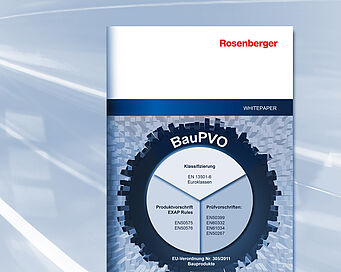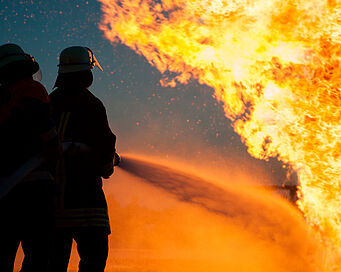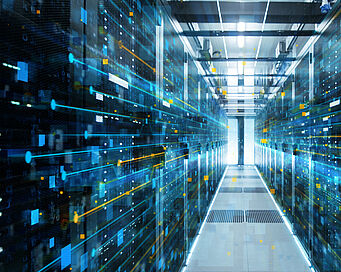How cabling makes its contribution to fire protection!
Smoke, sources of fire and flying sparks - a horror scenario for every company and its data center. In an emergency, people are in danger and there is a risk of losing data and destroying expensive IT infrastructure. What does not fall victim to the fire, suffers at the latest when the sprinkler system is switched on. Corrosive fumes in combination with extinguishing water can form corrosive acids. This may attack metallic objects such as electronics or structural steel and damage these elements, even if they are not in the immediate vicinity of the source of the fire. In the worst case, in such an incident, not only the data center but the entire company is on the brink of collapse. In the age of digitalization and the Internet, data is the lifeline of every organization.
Cable density in buildings continues to grow
The triumphant advance of electronic work equipment and the increasing digitalization of the working world are ensuring increasing density of cabling in almost all commercial buildings. Similarly, the amount of combustible materials is growing. In addition, many buildings still use numerous old cabling infrastructures, that do not comply with the requirements of the current European Construction Products Regulation. The number of potential fire sources is therefore high.
In the event of a fire, the cable density commonly used today also shortens the period from the formation of a fire, until the flue gas ignites (pyrolysis gases). In 1950, those affected had about 15 minutes to leave a burning building undamaged, but the time window for the evacuation in 2010 shrank to only three minutes. The more digitization progresses, the more cables are laid, and data centers get equipped with components based on plastic parts, the more critical the situation will become in the future.





